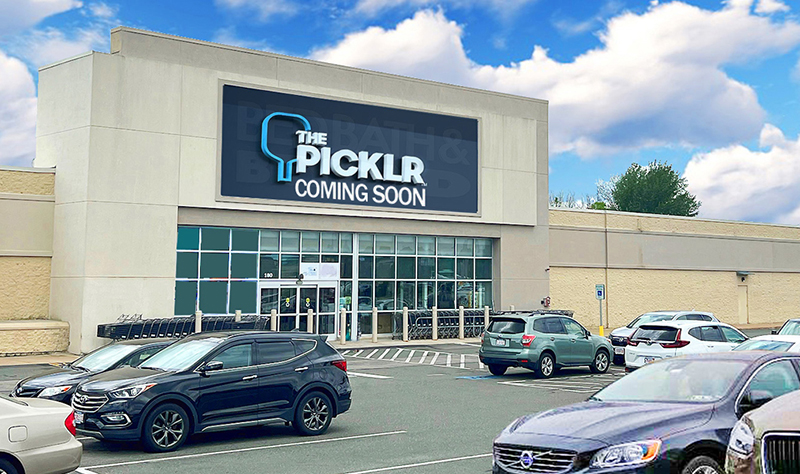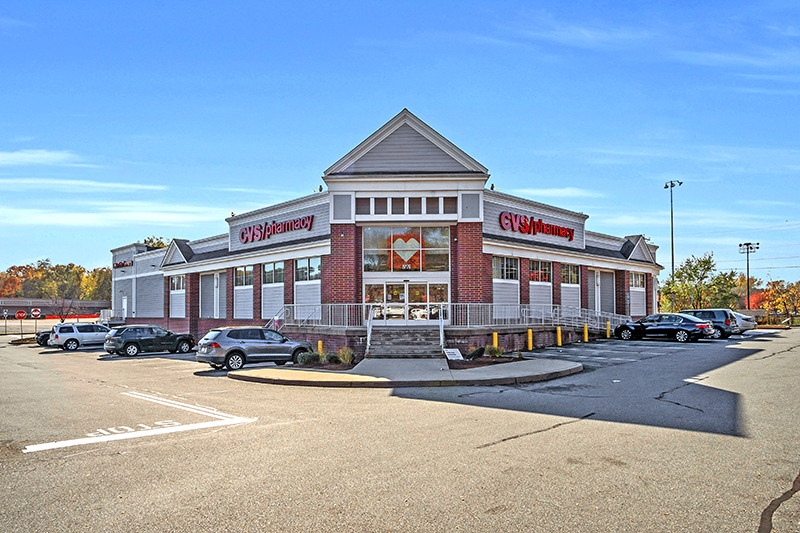News: Retail
Posted: August 25, 2011
Retail development benefits from emerging trends in landscape architecture
Unless you've been out of touch for the past five years or so (in which case you will not be reading this article), you have been deluged with messages from the "green" industries. LEED, Energy Star, Green Building Councils and the like have brought to the fore that energy conservation is a necessary and important goal for humankind.
Landscape architecture has always been a "green" industry. Recently, the profession has moved from artistic design to environmental design. It's no longer enough for a site just to be attractive - it must also be environmentally attractive.
To that end, the landscape architects at TFMoran Inc. (TFM) have worked with allied professionals (civil engineers, architects, wetland scientists, etc.) to create outdoor spaces that will help clean storm water, moderate temperatures, reduce wind impacts, clean the air and help recharge ground water. Not only that, but these designs will provide respite and a sense of well being for the users, be they humans or wildlife.
Storm Water
Some of the biggest changes in landscape design involve the incorporation of innovative new storm water management designs. No longer can a developer discharge runoff directly into a stream, pond, ocean or other wetland. The new laws require that all discharge of runoff leave the site at the "pre-development" rate. Not only that, but the runoff must be clean.
The most efficient way to clean the runoff is with plants that will absorb the nutrients and contaminants before it gets into water bodies or ground water. TFM has recently designed several rain gardens and bio-retention swales and ponds in retail developments. The Rite Aid Pharmacy in Goffstown, N.H. has a rain garden in the front setback of the building. Likewise, the Hannaford Supermarket in Dover, N.H. has bio-retention ponds blended into the site design. On any given summer day the red wing black birds can be seen enjoying their new home.
In the case of re-development, where land area is scarce, the use of "tree filters" and vegetated bio-retention islands have helped reduce environmental impacts. The Bedford Mall, Bedford, N.H., (which is under construction) is a good example of these new techniques. Over 1,500 trees and shrubs have been added to the parking lot islands to help meet the environmental requirements for permitting. Together with underground detention and sand filters, the vegetated filters help clean the runoff while providing curb appeal.
Green Pavement
When asphalt paving is undesirable, the use of grass paving can be a "green" alternative. Grass and the underlying soil layers can be an effective way of reducing and treating runoff. At the French-Atwood Marketplace in Bedford, N.H., an overflow parking lot has been in use for four years using technology from Grasspave2 manufactured by Invisible Structures, Inc. The technology incorporates a honeycomb design of recycled plastic cylinders embedded in a sand base, then covered with sod. The grass pavement can withstand the weight of a WB-40 truck without denting or compressing the soil. Other common uses for grass pave are for emergency access drives and high pedestrian use areas.
Temperature Control, Clean Air and Wind
Trees provide shade, take in CO2 and can deflect or enhance air movement. They are green power-houses that should not be overlooked in retail site design. On a hot summer day the coveted parking spaces are under a tree rather than closest to the front door. The "heat island" effect can be mitigated by shade from trees. No wonder then that LEED points are liberally given for strategically placed trees that will moderate temperatures by shading asphalt paving.
Saving trees on sites will also garner LEED points as well as increasing its curb appeal. TFM has worked with arborists to save significant, large trees whenever practical.
The Human Side
Our well being is influenced by our environment. For retail sites, an attractive development will draw in more people and increase sales. TFM's landscape architects are always looking for opportunities to add aesthetic value to a development. Currently under construction, Bedford Hills, at the corner of Rtes. 101 and 114 in Bedford, N.H. will incorporate a "quad", similar to many campus designs. The quad will have a classical layout featuring roses, evergreen hedge shrubs and grass, and will provide an oasis of quiet green with the development.
Anne Cruess, ASLA is chief landscape architect at TFMoran Inc., Bedford, N.H. and chair, Board of New Hampshire Landscape Architects.
Tags:
Retail
MORE FROM Retail
Mace of KeyPoint Partners negotiates 36,192 s/f lease for The Picklr at Endicott Square
Danvers, MA KeyPoint Partners (KPP) negotiated a lease with the nation’s premier indoor pickleball venue The Picklr at Endicott Sq. Vice president of retail brokerage Don Mace negotiated the transaction on behalf of the landlord.

Quick Hits




.jpg)


.png)